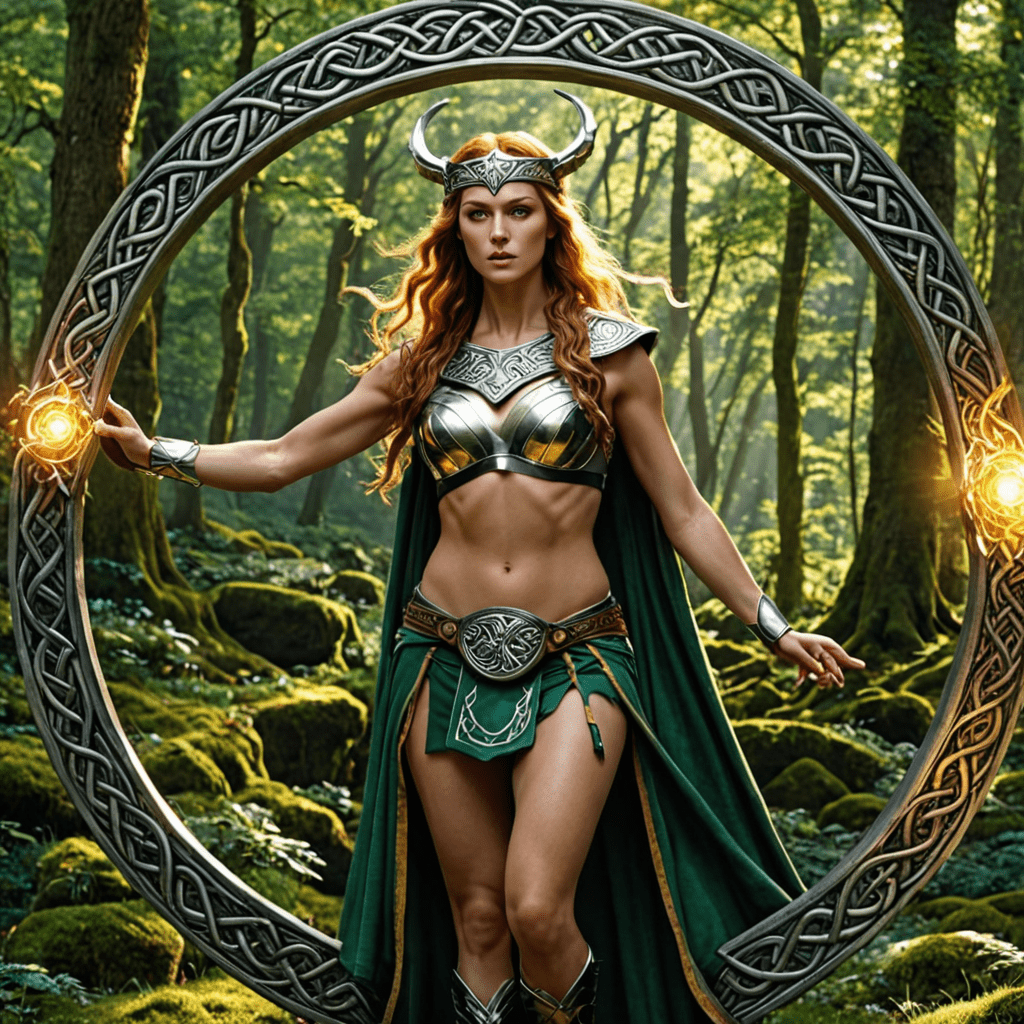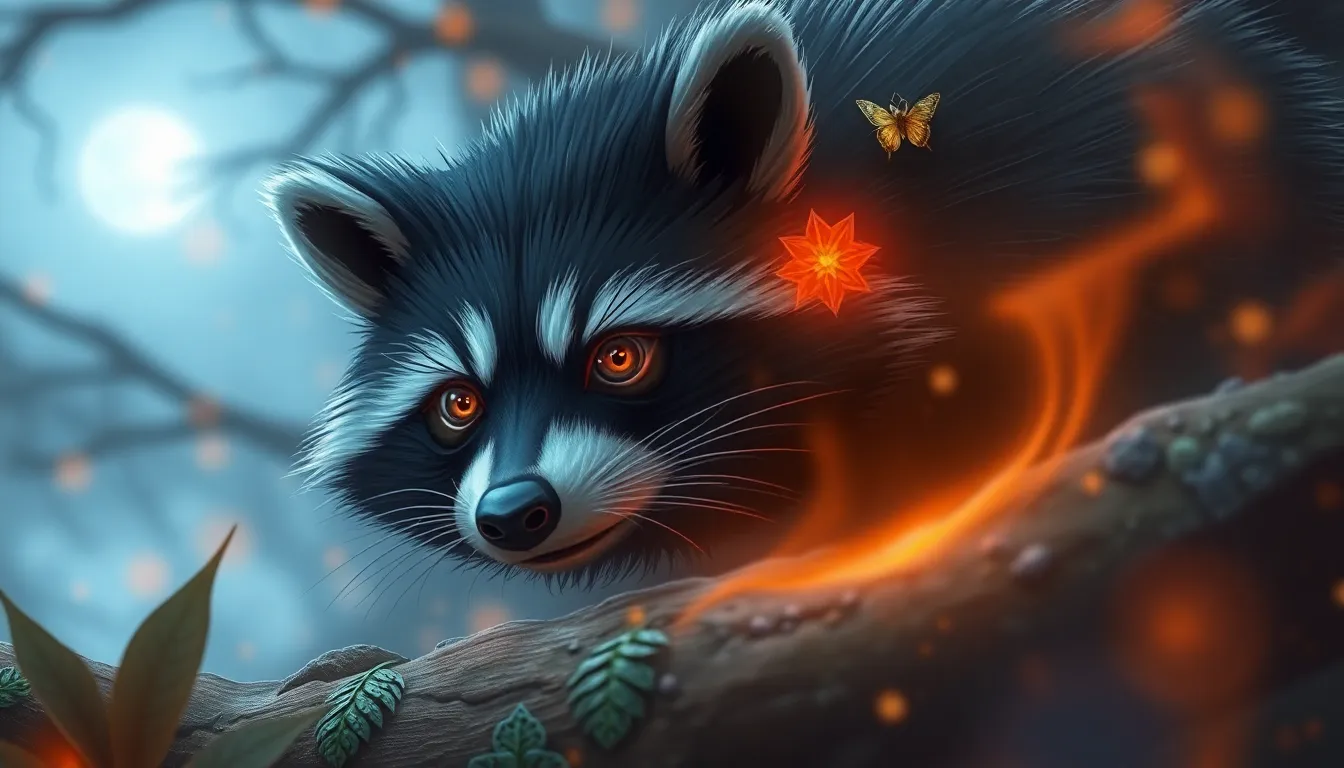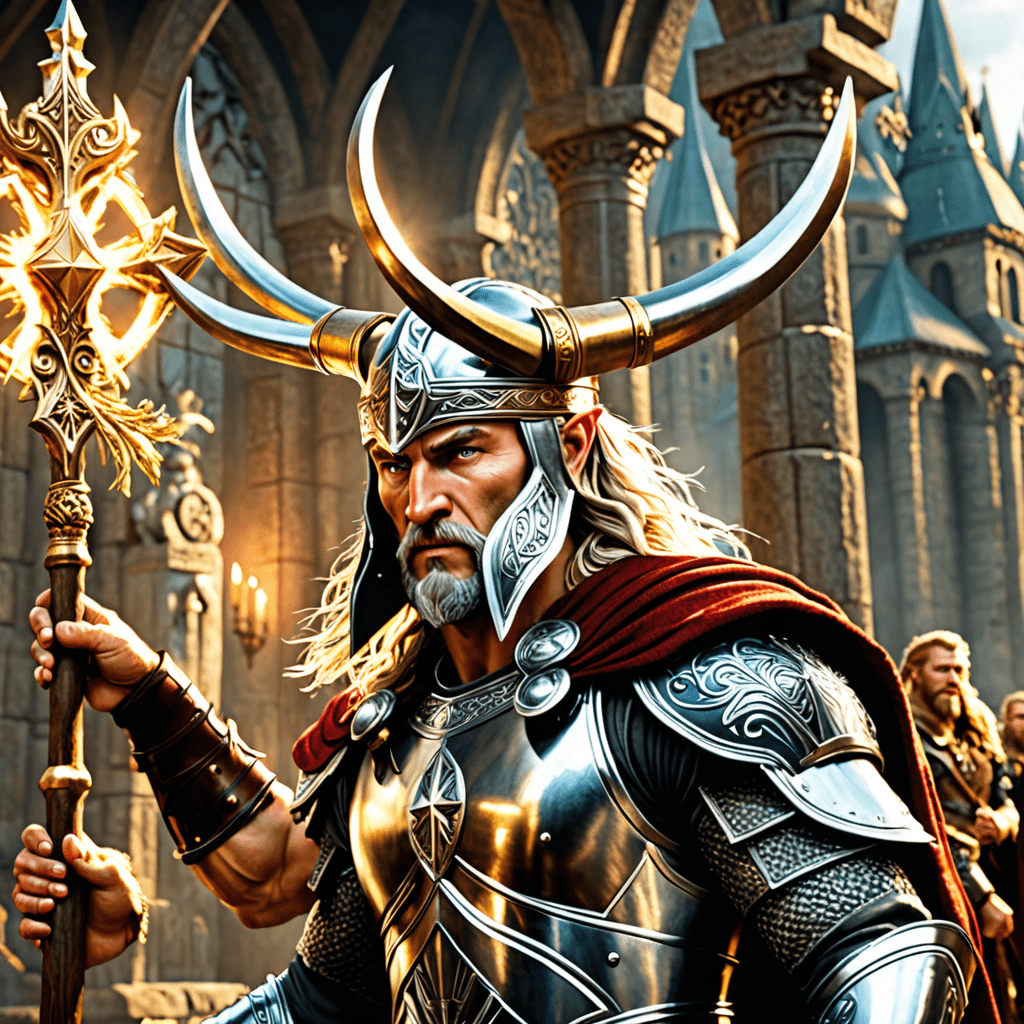Exploring the Concept of Transformation in Celtic Mythology
Transformation is a profound and prevalent theme in Celtic mythology, where characters often undergo metamorphoses that showcase spiritual growth, symbolic changes, and magical manifestations. Let’s delve into the fascinating world of Celtic folklore and unravel the significance of transformation within these ancient tales.
1. The Shapeshifting Abilities of Celtic Deities
In Celtic mythology, deities and supernatural beings are often depicted as having the power to transform their appearance at will. For example, the god Lugh could change into a fierce warrior or a majestic stag, demonstrating his versatility and adaptability in various situations. This shapeshifting ability symbolizes the fluidity of identity and the ability to navigate different realms with ease.
2. The Symbolism of Animal Transformation
Animals hold a sacred place in Celtic beliefs, with many mythological figures possessing the ability to shift between human and animal forms. This transformation symbolizes the interconnectedness between nature and the spiritual world. For example, the Morrigan, a goddess associated with war and fate, could transform into a crow, linking her to both battlefields and the realm of life and death.
3. Metaphorical Transformations in Celtic Legends
Transformation in Celtic myths often serves as a metaphor for personal growth, renewal, and overcoming challenges. The story of the Salmon of Knowledge, where the hero Fionn McCumhaill gains wisdom by consuming a magical fish, exemplifies the transformative journey of acquiring knowledge and insight through trials and tribulations.
4. The Cycle of Death and Rebirth
Celtic mythology frequently explores the cyclical nature of life through themes of death and rebirth. Characters like Cerridwen, the goddess of transformation and rebirth, symbolize the eternal cycle of endings and beginnings. This symbolism reinforces the idea of continuous transformation and renewal in both the physical and spiritual realms.
In conclusion, the concept of transformation in Celtic mythology encompasses a rich tapestry of symbolic meanings, spiritual evolution, and mystical experiences. By exploring the stories and themes of metamorphosis within these ancient tales, we can gain insights into the profound wisdom and enduring relevance of Celtic folklore in understanding the complexities of human existence.
FAQs About Exploring the Concept of Transformation in Celtic Mythology
What is transformation in Celtic mythology?
In Celtic mythology, transformation refers to the ability of beings, both divine and mortal, to change their physical forms. This concept often symbolizes change, growth, and the cyclical nature of life.
How does transformation manifest in Celtic myths?
Transformations in Celtic myths are commonly portrayed through shape-shifting, where beings morph into animals, plants, or other entities. These metamorphoses can be voluntary or forced, leading to various adventures and challenges.
What significance does transformation hold in Celtic culture?
Transformation in Celtic mythology reflects themes of rebirth, renewal, and the interconnectedness of all living things. It underscores the idea of adapting to change and embracing the inherent fluidity of existence.



